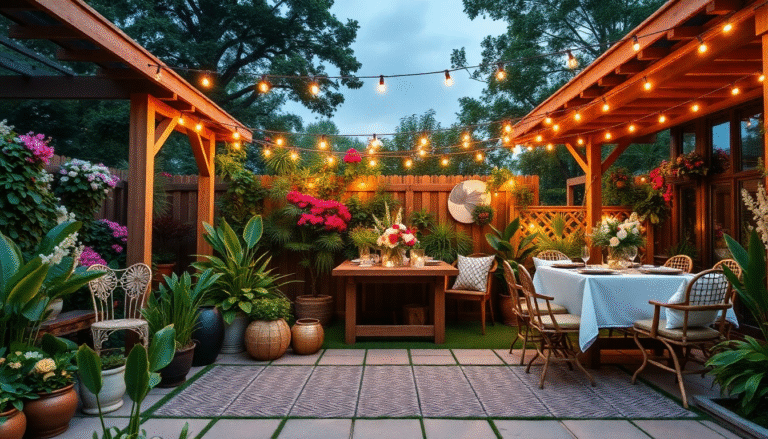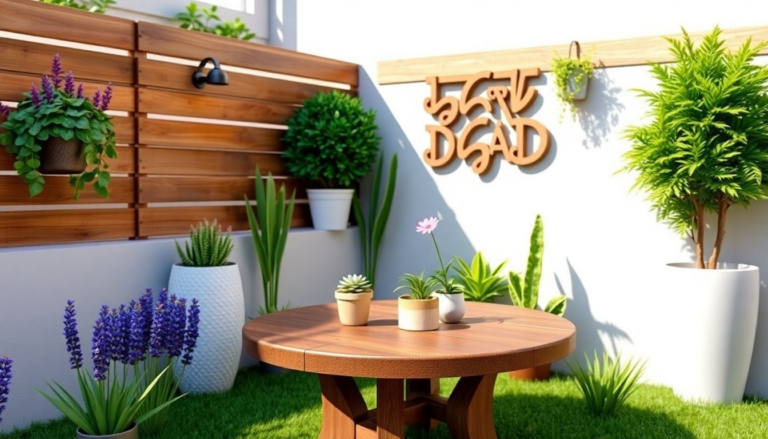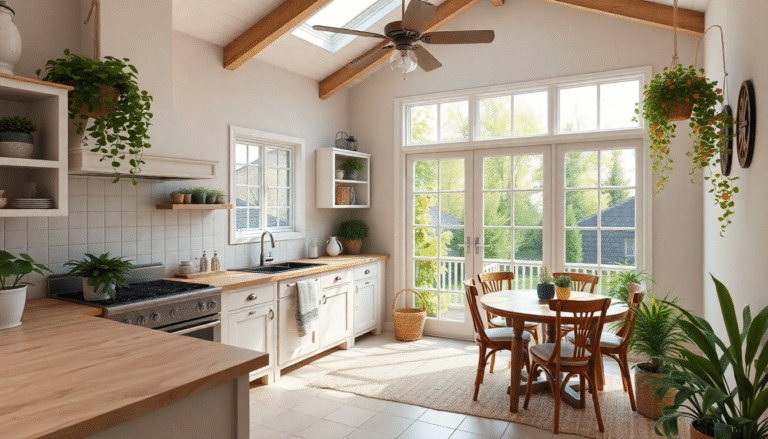25 Kitchen Garden Ideas
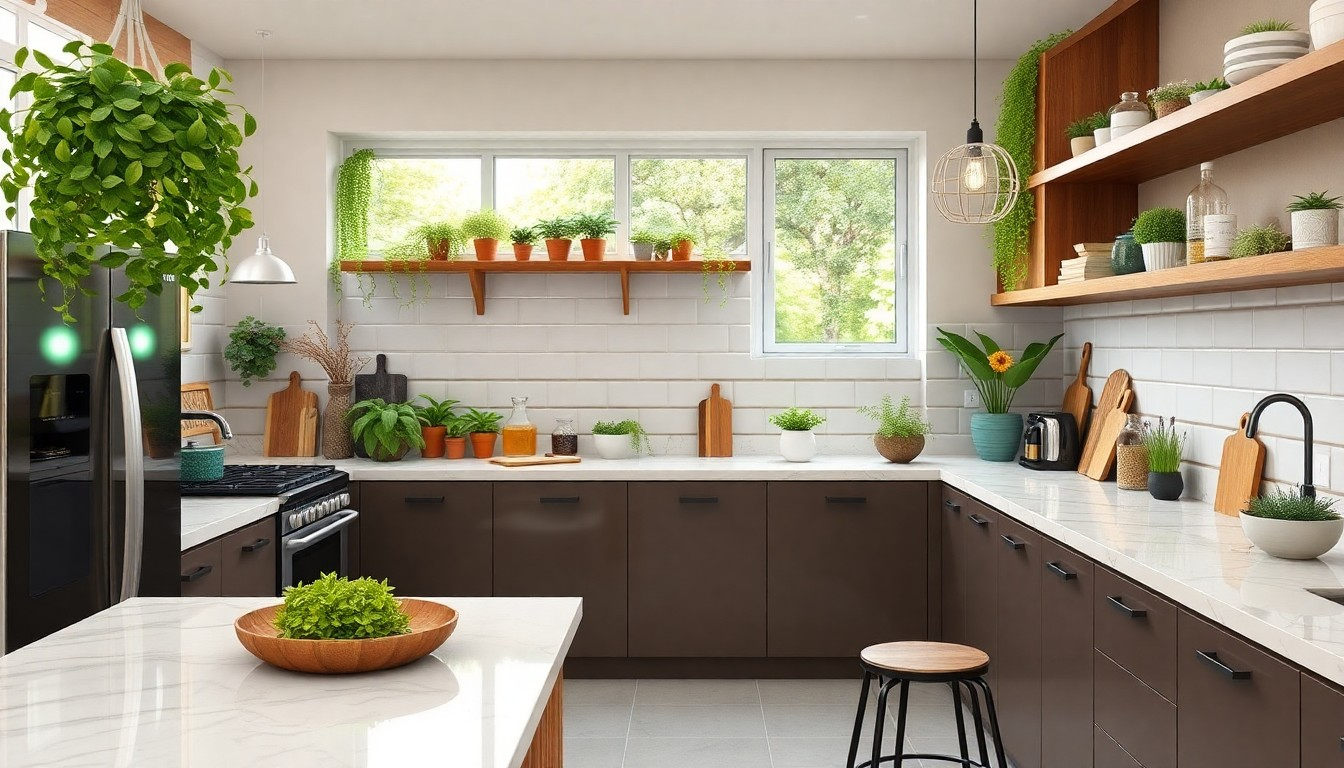
If you’ve ever dreamed of snipping fresh basil for your pasta or plucking sun-warmed tomatoes right outside your door, then a kitchen garden is your culinary secret weapon.
This isn’t about fancy landscaping or Instagram perfection—this is real, honest, soil-under-your-nails goodness that pays off in flavor, wellness, and joy.
I’ve spent the last few years turning my small, awkward backyard and even my window ledges into a kitchen garden oasis.
And trust me—if I can do it with a cat that keeps trying to eat the mint, so can you.
These 25 kitchen garden ideas are tailored for every kind of space, budget, and ambition. Let’s get growing.
Grow What You Eat
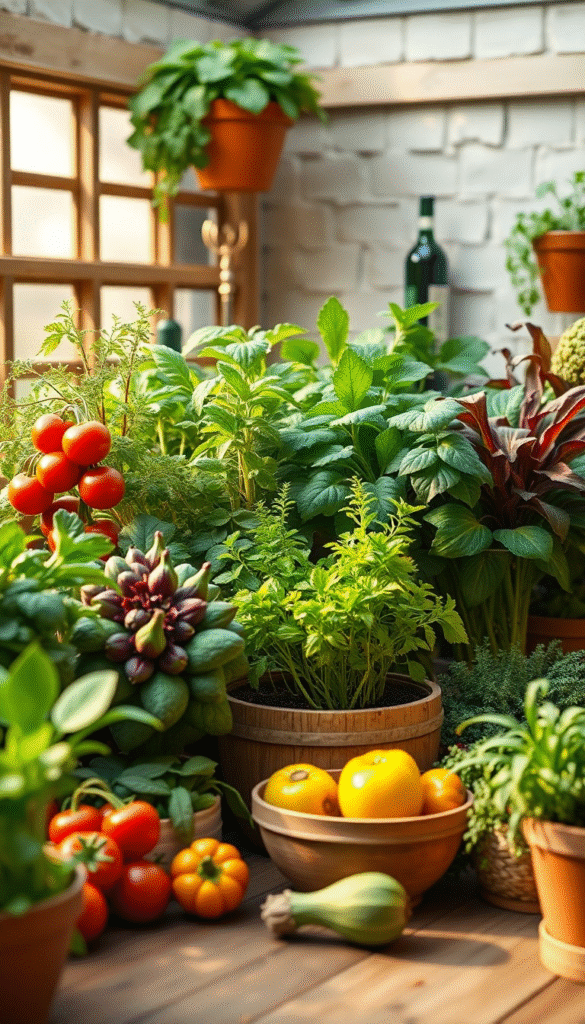
Start with a brutally honest look at your fridge.
What herbs and veggies do you buy every week? Basil? Tomatoes? Green onions? These are your VIPs—Very Important Plants.
Growing what you actually eat avoids waste and makes your garden a direct extension of your kitchen.
According to the National Gardening Association, 67% of home gardeners grow vegetables for personal consumption. Focus on high-yield, low-effort favorites like:
- Cherry tomatoes
- Leafy greens (spinach, arugula, lettuce)
- Herbs (basil, mint, thyme)
- Peppers
- Radishes
The joy of watching your salad grow before you even dress it? Unbeatable.
Use Raised Beds
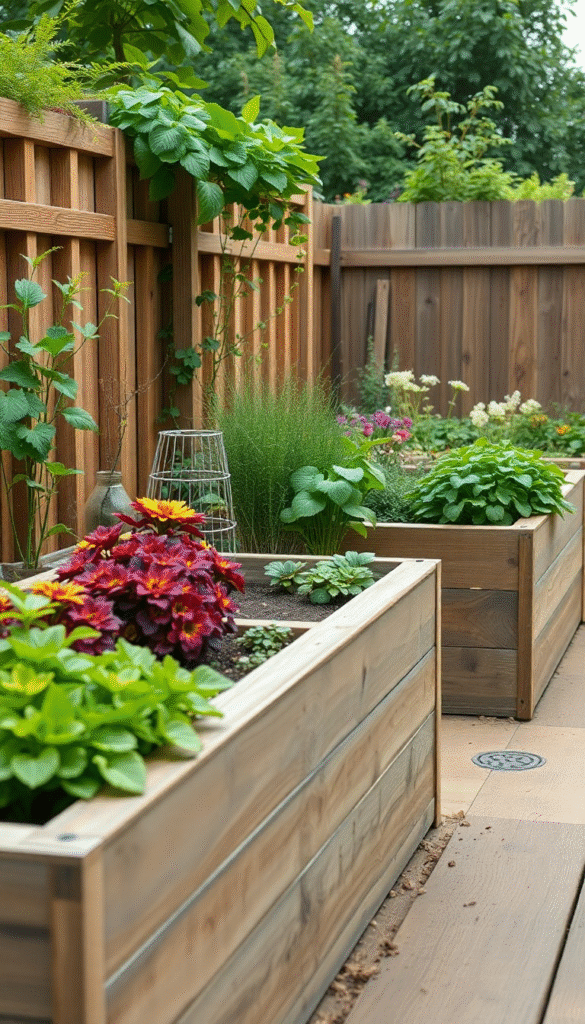
Raised beds are like garden beds on stilts—they give your plants VIP treatment. They’re easier on your back, reduce weeds, and improve drainage.
Most importantly, they allow for controlled soil conditions.
I made mine from old pallet wood (free!) and a bit of stubbornness. Fill them with a 50/50 mix of compost and topsoil for luscious results.
Studies show raised bed gardens yield up to 4 times more produce per square foot than traditional in-ground gardens.
Kitchen Counter Microgreens

No yard? No problem. Microgreens are the superheroes of the indoor garden world.
These tiny greens are harvested young and pack 4 to 40 times the nutrients of their mature counterparts, according to USDA research.
All you need is a shallow tray, potting mix, seeds, and a sunny windowsill.
In 7–14 days, you’ll be snipping mustard greens, radish tops, and arugula sprouts for your sandwiches.
Companion Planting
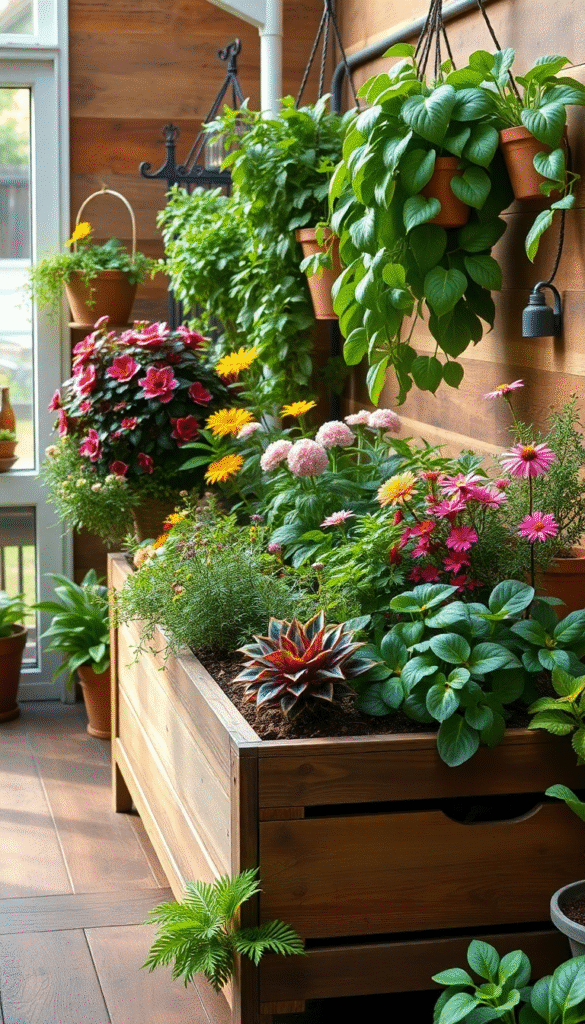
Think of your garden like a high school cafeteria. Certain plants just get along better with others.
Companion planting improves growth, deters pests, and maximizes space.
For example:
- Tomatoes love basil: It enhances their flavor and deters hornworms.
- Carrots and onions: Each masks the other’s scent, confusing pests.
- Lettuce under taller plants: Uses shade and maximizes vertical space.
You’ll have fewer bugs and happier plants—like roommates who share snacks instead of stealing them.
Vertical Gardening
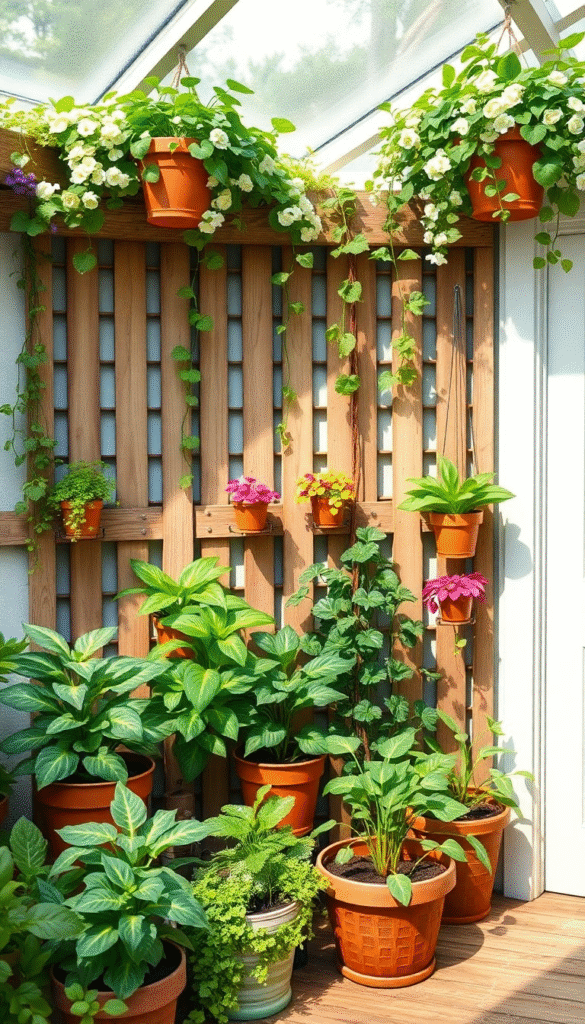
Limited on space? Think up, not out. Use walls, trellises, shelves, or even old ladders to train plants to grow vertically.
Cucumbers, beans, peas, and even cherry tomatoes can climb. You can use:
- Hanging shoe organizers (I use one on my backdoor for herbs)
- Wall-mounted planters
- Trellis panels for vining veggies
Vertical gardens increase yield per square foot by 20–30% and reduce disease by improving airflow.
Edible Flowers
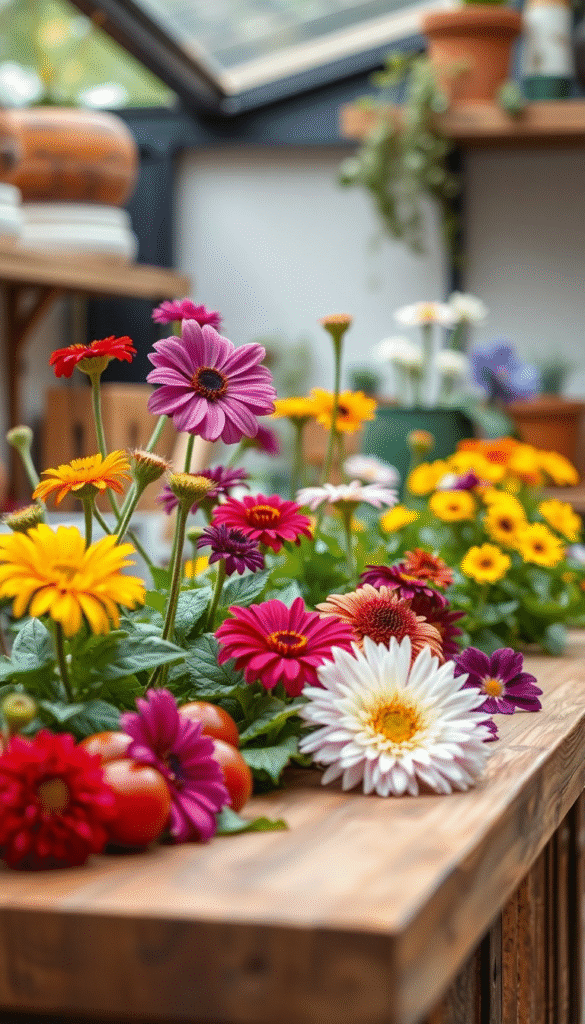
Not just for fancy restaurant plating—edible flowers are beautiful and tasty. You can toss them into salads, freeze into ice cubes, or decorate desserts.
Try growing:
- Nasturtiums (peppery like arugula)
- Calendula (sunny, mild taste)
- Violas (sweet and floral)
- Chive blossoms (oniony punch)
They’re not just eye candy—they attract pollinators, boost biodiversity, and make your garden feel like a fairy tale picnic.
Perennial Herbs
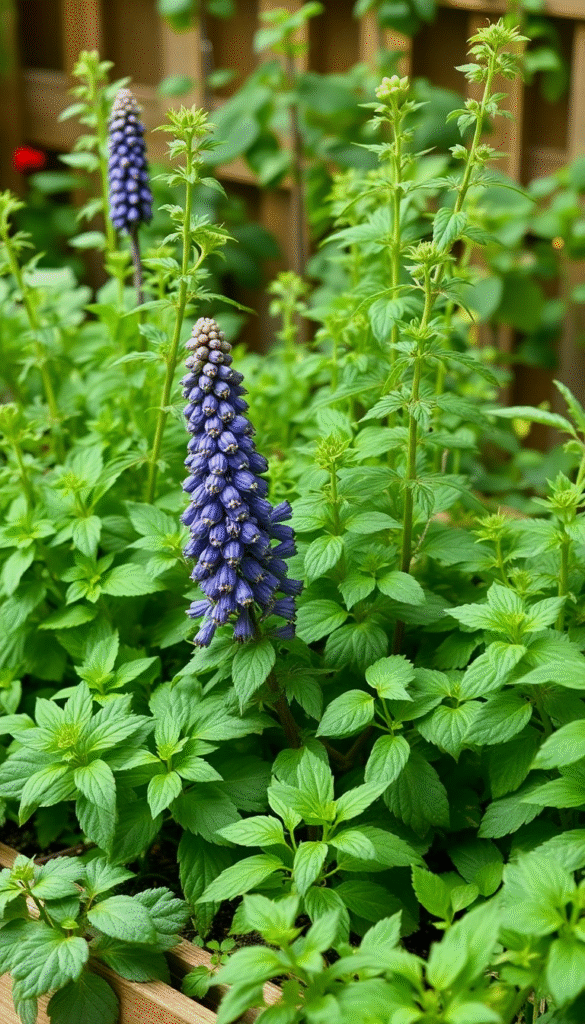
Some herbs are the gift that keeps on giving. Unlike annuals, perennial herbs come back year after year with minimal fuss.
My personal MVPs:
- Thyme: Tougher than a week-old baguette. Great for soups.
- Sage: Delicious and drought-resistant.
- Oregano: Spreads fast, perfect for pasta lovers.
- Chives: Easy to snip, and the purple flowers are edible too.
Plant them once, harvest for years. It’s like subscribing to nature’s spice rack.
Use Recycled Containers
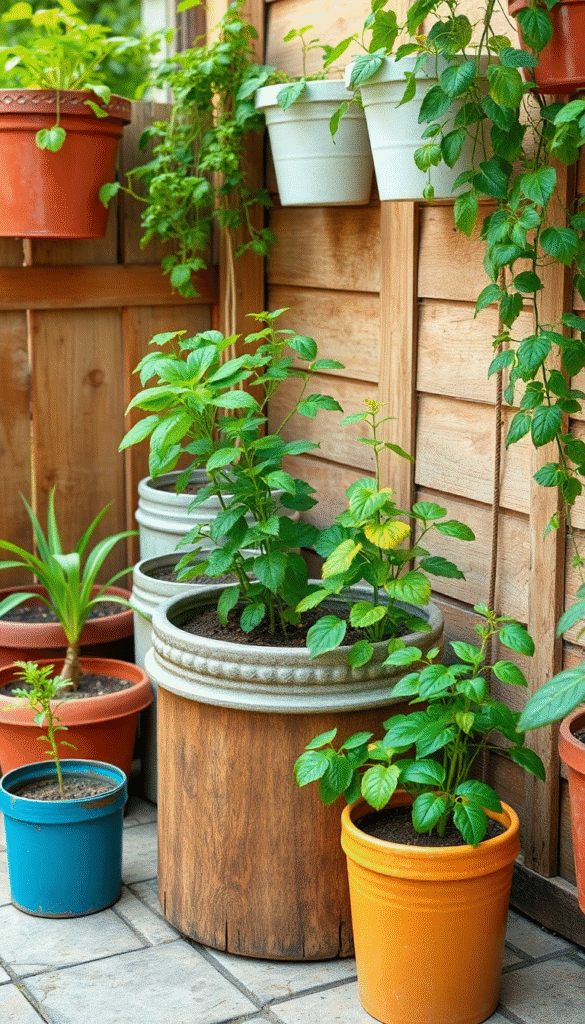
Before you buy fancy pots, raid your recycling bin. Yogurt cups, tin cans, wine crates—they all make great upcycled planters.
Just poke drainage holes and decorate if you like. I once grew cherry tomatoes in an old paint bucket and named her “Tomatina.” She thrived.
It’s budget-friendly, creative, and sustainable—a triple win.
Grow in Grow Bags
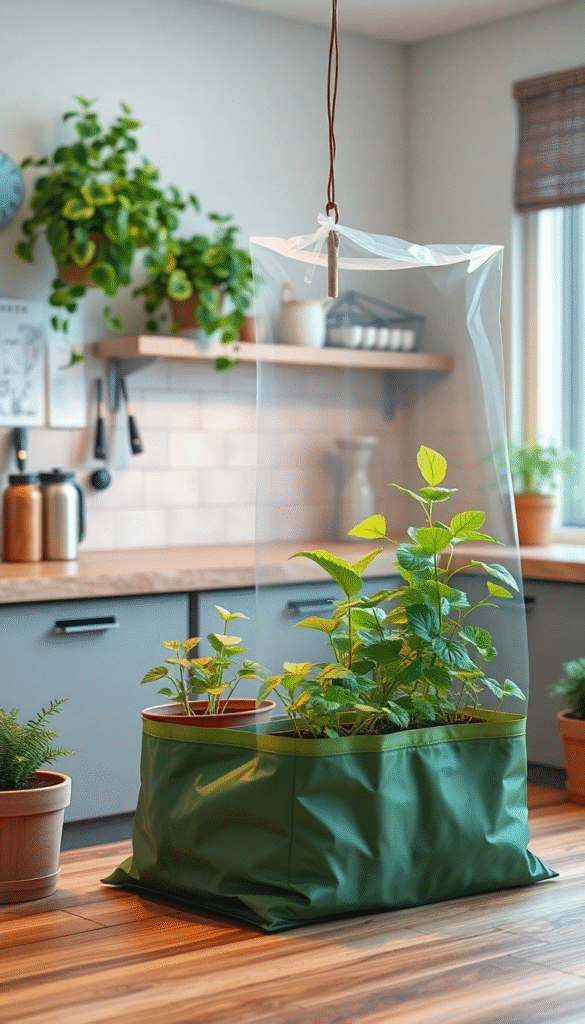
Grow bags are soft-sided containers perfect for growing potatoes, carrots, or tomatoes.
They offer excellent root aeration, prevent overwatering, and are portable.
I move mine around the patio depending on sun exposure like I’m playing plant Tetris.
They come in all sizes and can be reused season after season. Bonus: no weeding.
Windowsill Herb Garden
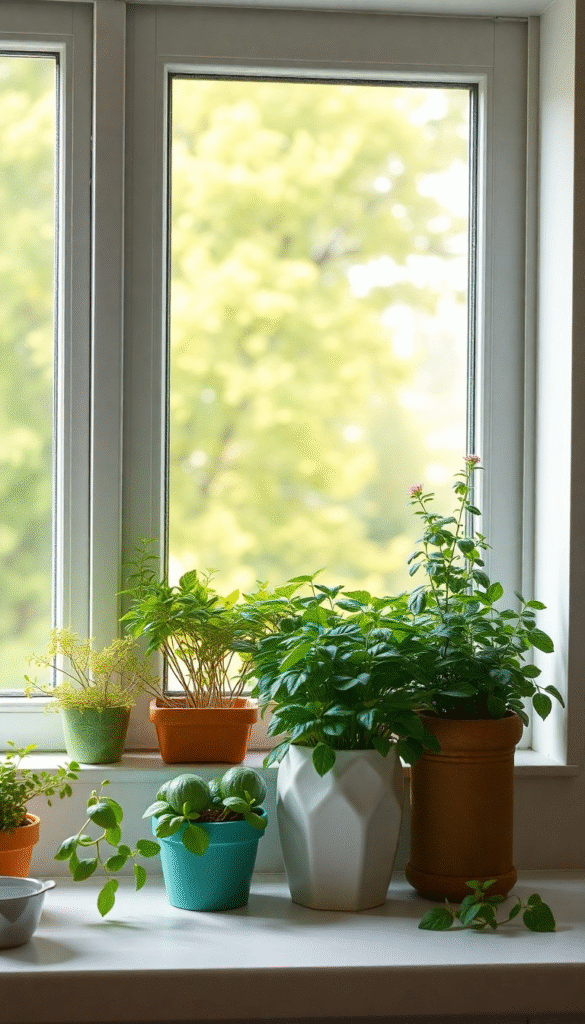
No outdoor space? A sunny window is prime kitchen real estate. Basil, thyme, parsley, and mint all thrive with just 4–6 hours of sunlight.
Place them in small pots near your kitchen window. Water regularly and snip often—they actually grow better when pruned.
Plus, you’ll feel like a culinary wizard when you throw fresh herbs into your omelet without even putting on shoes.
Succession Planting
Why stop at one harvest? Succession planting means replanting crops in the same spot as soon as one is harvested.
This maximizes productivity over the growing season.
Example: Plant radishes in early spring. Harvest in 3 weeks. Then plant beans in the same spot. Later, switch to leafy greens for fall.
You can squeeze three harvests out of one square foot in a single year with smart planning.
Compost Corner
Healthy soil = healthy plants. That’s not a cute saying—it’s biological truth.
Start a compost pile or bin. Add:
- Fruit and veg scraps
- Coffee grounds
- Eggshells
- Yard clippings
Avoid meat, dairy, and oils. In 2–3 months, you’ll have rich, dark compost teeming with life.
Compost can boost soil microbial activity by 300–500%, increasing plant growth and resistance to disease.
Pollinator Paradise
If your kitchen garden isn’t buzzing, it’s not complete. Bees, butterflies, and hoverflies are essential for pollinating many crops.
Plant flowers like:
- Lavender
- Echinacea
- Borage
- Yarrow
Even a small patch of wildflowers near your veggies can increase fruit set by up to 30%, according to research from the University of California.
Indoor Hydroponic Kits
Hydroponics lets you grow herbs and greens indoors—no soil needed. These kits use water and nutrients to grow food fast.
Perfect for winter or apartments, they include:
- LED grow lights
- Automated watering
- Compact footprint
You’ll have basil in your PJs and lettuce in a snowstorm. Who needs a grocery run?
Plant by the Kitchen Door
Convenience is key. Place your herbs and salad greens just outside your kitchen door, balcony, or steps. The closer it is, the more you’ll use it.
I have a parsley pot right by the back door. It’s my “green welcome mat” and saves me from forgetting that bunch wilting in the fridge.
Proximity boosts harvest usage by 50%, according to a UK gardening survey.
Integrate with Landscaping
Blend edibles into your ornamental beds. Kale, Swiss chard, and purple basil are gorgeous enough for any flower bed.
Plant peppers among marigolds or let rosemary anchor a flower border. Functional beauty is the new garden trend.
This works especially well in small yards where you need every plant to pull double duty.
Salad Bar in a Box
Try a raised planter box with just salad ingredients. Think:
- Mixed greens
- Arugula
- Radishes
- Baby carrots
- Mini cucumbers
You’ll be 10 steps from a meal—and that’s not metaphorical. Just snip and toss.
Rotate crops to keep the party going from spring to fall.
Rain Barrel Irrigation
Water bills got you down? A rain barrel collects runoff from your roof and stores it for dry spells.
It’s:
- Free
- Eco-friendly
- Full of minerals that plants love
A single 1-inch rainfall on a 1,000 sq. ft. roof yields 600 gallons of water. Hook it up to a drip system or use a watering can.
Plants love it, and your wallet will too.
Themed Herb Gardens
Go full foodie and plant theme-based herb gardens.
Ideas:
- Pizza Garden: Basil, oregano, thyme
- Tea Garden: Chamomile, mint, lemon balm
- Curry Garden: Cilantro, fenugreek, turmeric (if warm climate)
Label them with chalkboard signs or painted rocks for flair. Your garden, your spice story.
Kid-Friendly Beds
Get kids hooked on gardening with small, dedicated beds. Use bright labels and pick fast-growing crops like:
- Strawberries
- Peas
- Baby carrots
My niece named her lettuce plant “Sir Crunchalot.” He lived a short but noble life.
Studies show gardening with kids increases their vegetable consumption by up to 80%. Bonus: free labor!
Hanging Herb Baskets
Use hanging baskets to grow herbs in vertical clusters. They’re beautiful, compact, and accessible.
Mix and match:
- Mint + thyme + rosemary
- Parsley + chives + cilantro
Hang them on patios, balconies, or even inside by a sunny window. It’s like a floating flavor bomb.
Use Grow Lights in Dark Kitchens
No sunlight? No problem. Full-spectrum LED grow lights mimic natural sunlight and are surprisingly affordable.
Mount under cabinets or shelves for a mini herb farm. Just 12–16 hours of light a day can replace direct sun.
I have a grow-light basil that honestly grows faster than my cat’s attitude.
Grow Sprouts in a Jar
If you’ve never sprouted mung beans in a mason jar, prepare to be amazed.
Just soak, rinse twice daily, and in 3–5 days, you’ve got crunchy, nutrient-dense sprouts.
Great for:
- Sandwiches
- Stir fries
- Salads
Sprouts can contain up to 100x more enzymes than raw fruits and vegetables. And they grow faster than a rumor at a family dinner.
Dwarf and Mini Varieties
Many seed companies now offer compact or container-friendly versions of classic veggies.
Try:
- Dwarf tomatoes
- Mini bell peppers
- Baby eggplants
- Container carrots
They’re perfect for pots and patios. Less space, same great taste.
Add a Seating Spot
Don’t just grow—enjoy. Add a small bench, café table, or even a crate to sit and snack in your garden.
There’s something magical about sitting among your plants while munching on a sun-warmed cherry tomato. It makes all the watering and weeding worth it.
According to a survey by Gardeners’ World, gardening boosts happiness more than other hobbies by 15%. Make time to bask in your green glory.
Whether you’ve got a balcony, backyard, or windowsill, your kitchen garden can be as bold as your spice rack or as chill as a mint mojito.
Every seed you plant is a vote for fresh food, better health, and daily joy.
So pick an idea (or ten), get your hands dirty, and remember: you don’t need a farm to be a grower—you just need a little light, some love, and the right ideas.
If you ever doubt yourself, just remember: somewhere out there, a tomato is ripening on a rusty trellis and living its best life. You can too.


